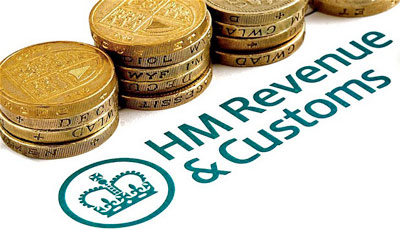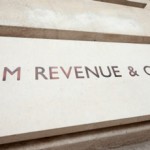HMRC unable to disclose figures for civil fraud investigations

Only six taxpayers a month voluntarily acknowledge that they have committed fraud using a disclosure facility set up by HMRC at the beginning of 2012
The facility, which encourages people who have committed tax fraud to admit their offences in exchange for avoiding a criminal investigation, has thus far attracted 129 requests from individuals, according to figures obtained from HMRC by law firm Irwin Mitchell using the Freedom of Information Act.
This equates to more than one request a week, says the firm’s tax investigations expert Phil Berwick, adding that there is a lack of transparency about the scheme in relation to whether taxpayers are receiving the protection they seek.
The firm says that HMRC has been unable to disclose how many taxpayers were accepted into the process, and how many were subject to criminal investigation, despite individuals’ voluntary approach to the taxman.
In addition, the tax authority was not forthcoming with the number of cases it has registered under the Contractual Disclosure Facility (CDF), which was established on 31 January 2012 to enable a taxpayer to admit to fraud in exchange for immunity from prosecution, providing certain conditions are met. The process under the CDF can either be initiated by HMRC, or a taxpayer can voluntarily ask to be admitted into the facility.
Following Irwin Mitchell’s request, HMRC revealed that 65 people approached HMRC to enter the CDF from 31 January 2012 to 31 January 2013, and 64 between 1st February 2013 and 31st December 2013.
Phil Berwick, partner at Irwin Mitchell, said that it must be a concern for HMRC that only, on average, six taxpayers a month are coming forward voluntarily to admit fraud.
‘It may be that taxpayers are using other methods to disclose their irregularities, but the numbers registering for the Liechtenstein Disclosure Facility (LDF) are on the decline.
‘I can understand that HMRC does not want to guarantee a taxpayer that they will be allowed to use the process, and that HMRC may decide to pursue a criminal investigation, but it does not make sense to withhold the historic data.
‘It is a surprise and a concern that HMRC can’t provide the number of fraud cases they are investigating using the CDF,’ he said.
‘They are constantly banging the drum that they will come down hard on tax evaders. The CDF is only one weapon in HMRC’s armoury, but it can’t be hard to record this information, and you would think that HMRC would want to know the number of fraud cases it is investigating,’ said Berwick.
He said there would be concern among those who pay their taxes that HMRC is not able to establish how many cases they are pursuing using their civil fraud process.
‘In many cases, I suspect that taxpayers seeking immunity from criminal investigation for fraud by using the CDF are missing a trick, as they could use the Liechtenstein Disclosure Facility and get a better result,’ he said.
Launched by HMRC in 2009, the LDF allows taxpayers with unpaid tax to settle their liability with HMRC whilst avoiding a criminal investigation. In most circumstance, this is on very favourable terms when compared to using the normal rules. In some cases the HMRC foregoes some of the tax that is due and the penalty applied is usually lower than the amount charged outside the facility. The LDF closes to new registrations on 5 April 2016.
‘Despite HMRC’s various campaigns, the figures that have been released suggest that taxpayers who have committed fraud are not coming forward voluntarily, and are waiting for the taxman to find them. HMRC’s inability to provide the number of civil fraud cases it is investigating will only reinforce that belief,’ said Berwick.
Source: accountancylive





























